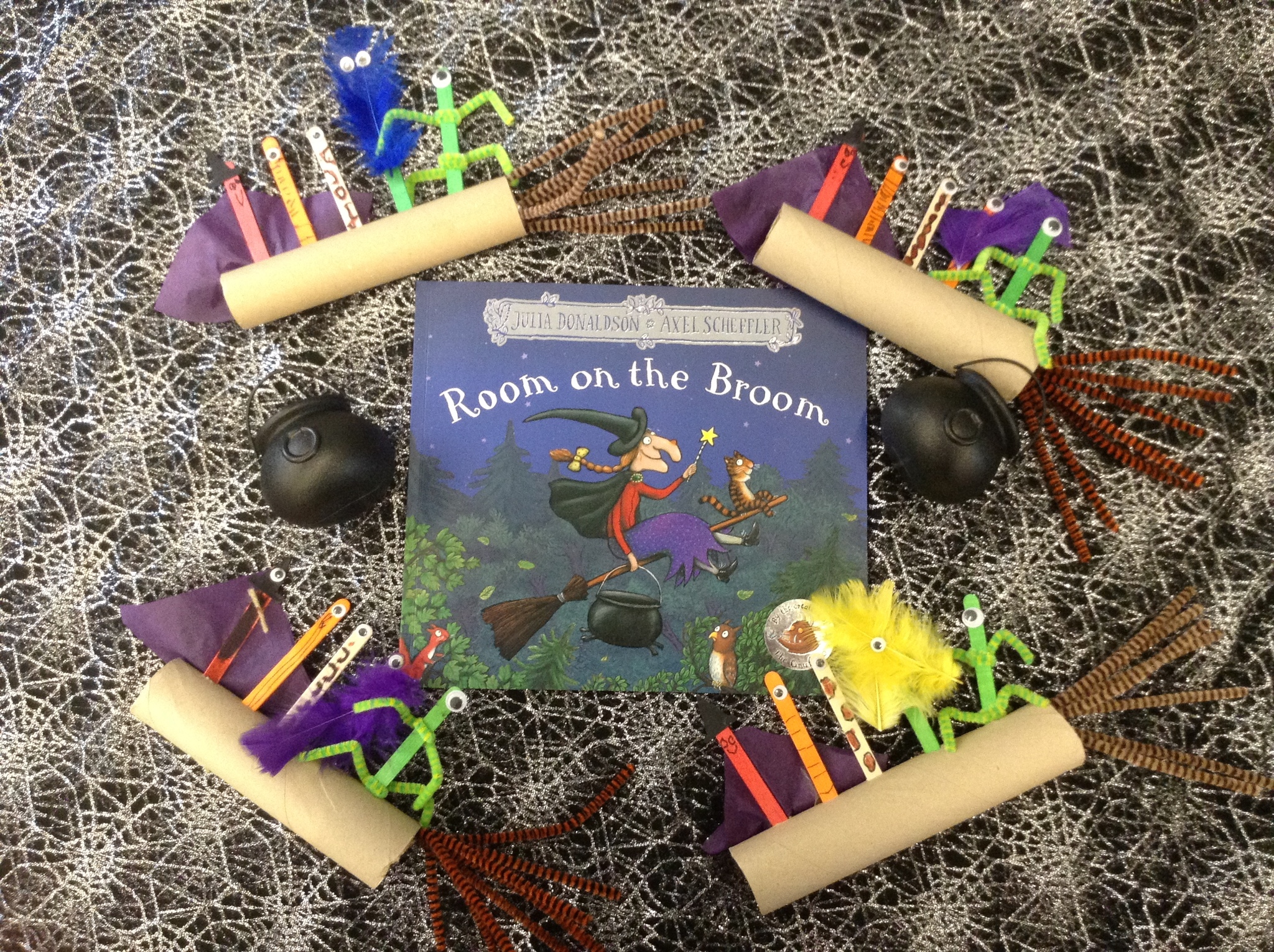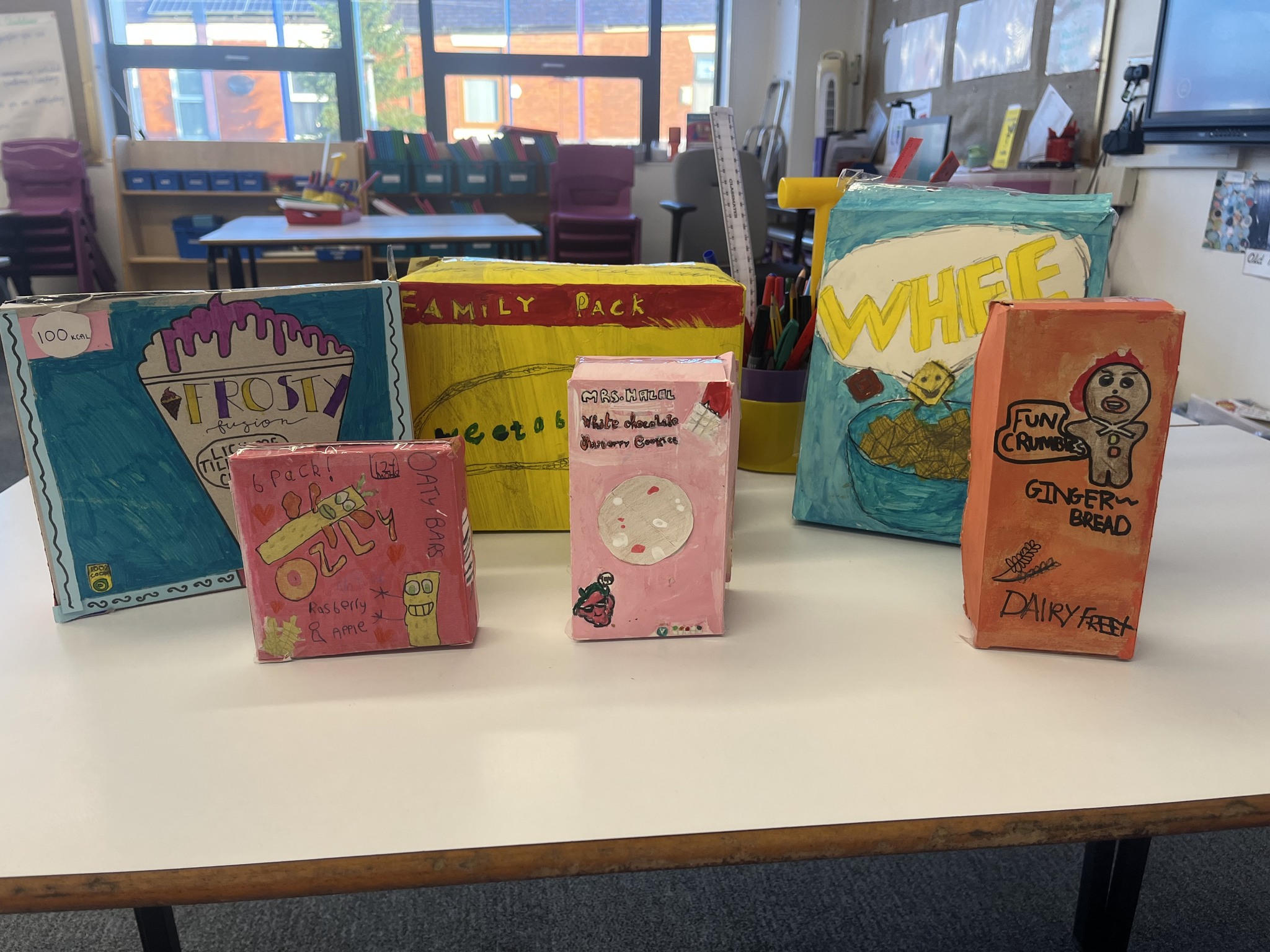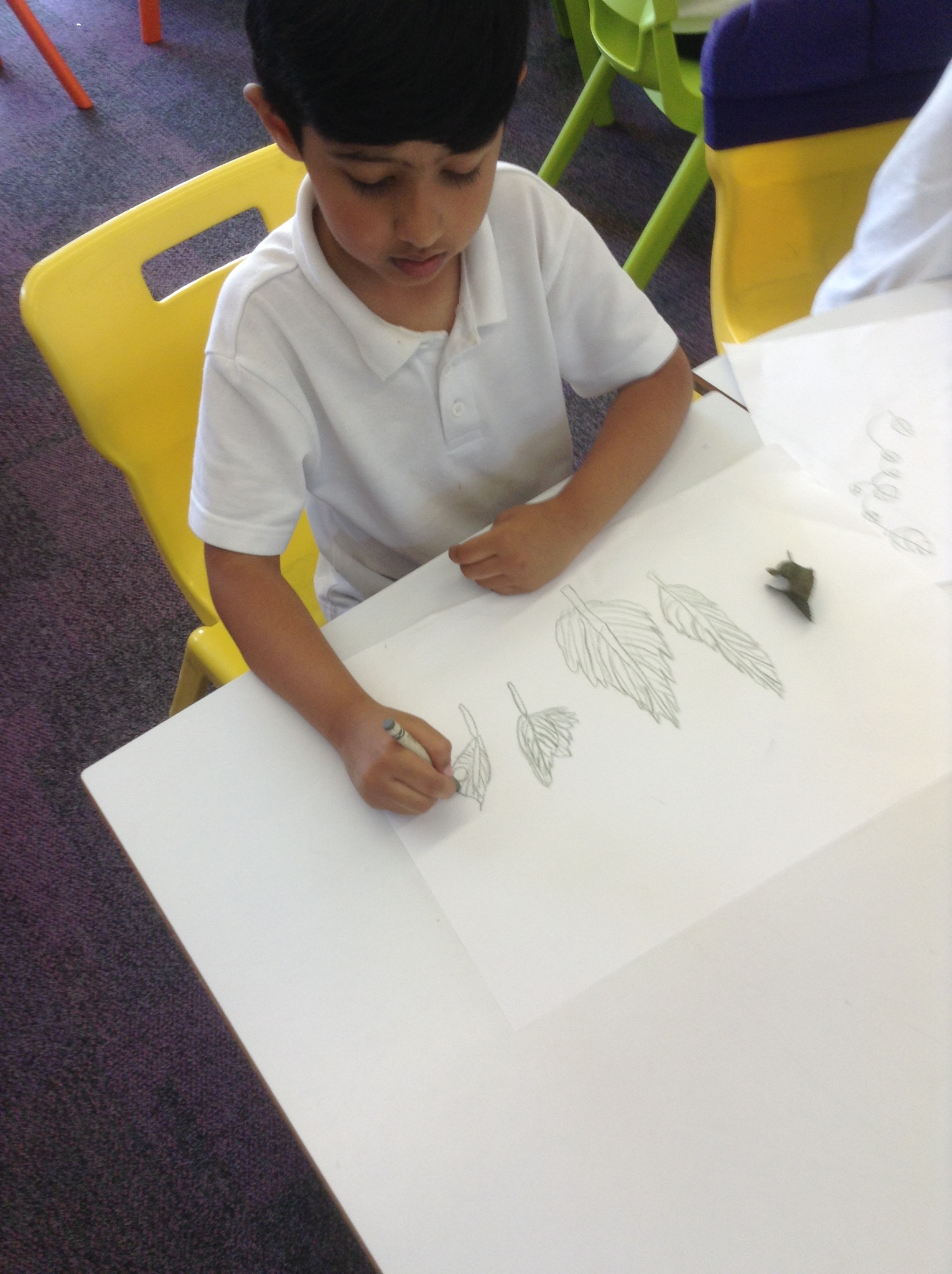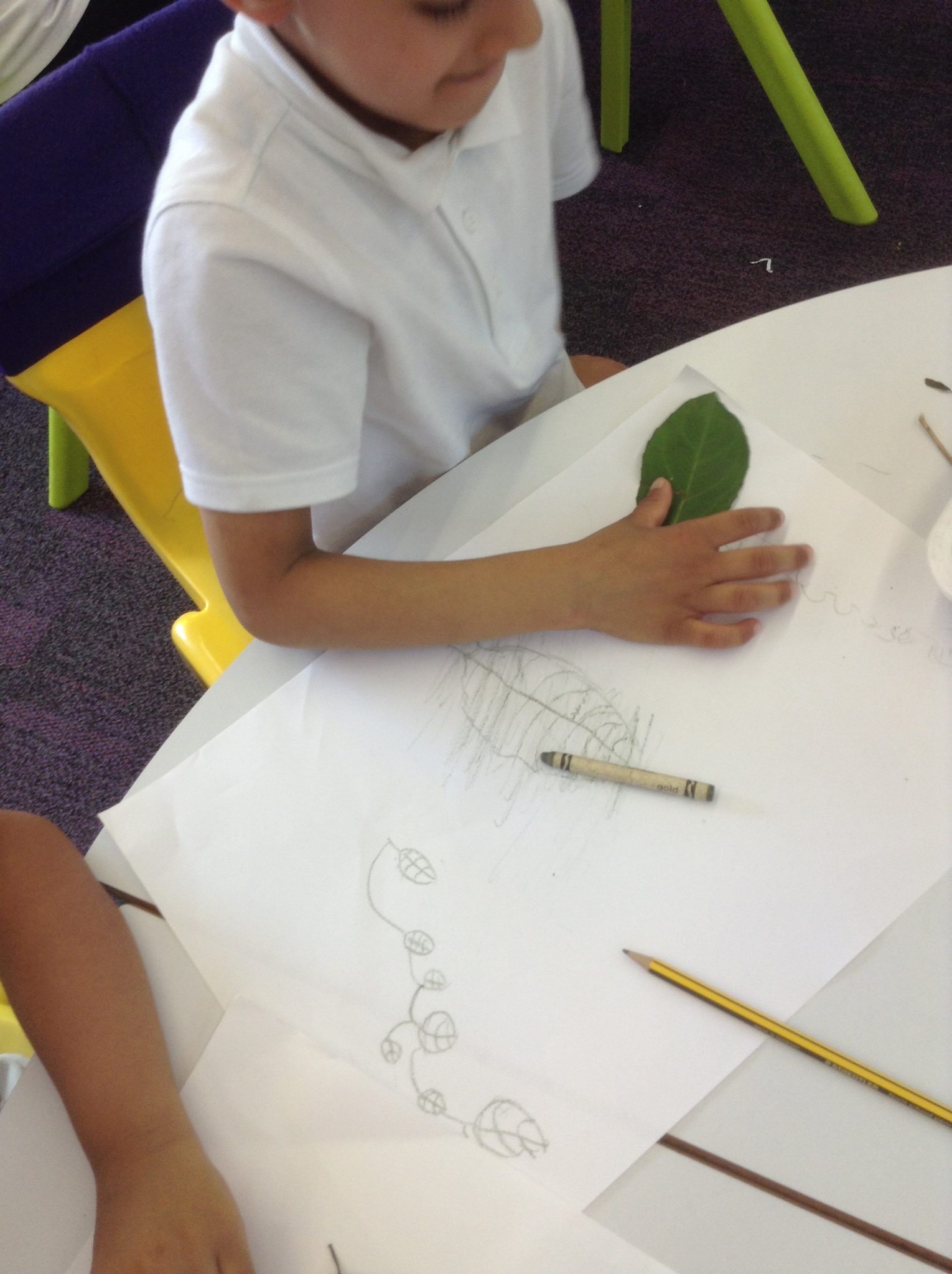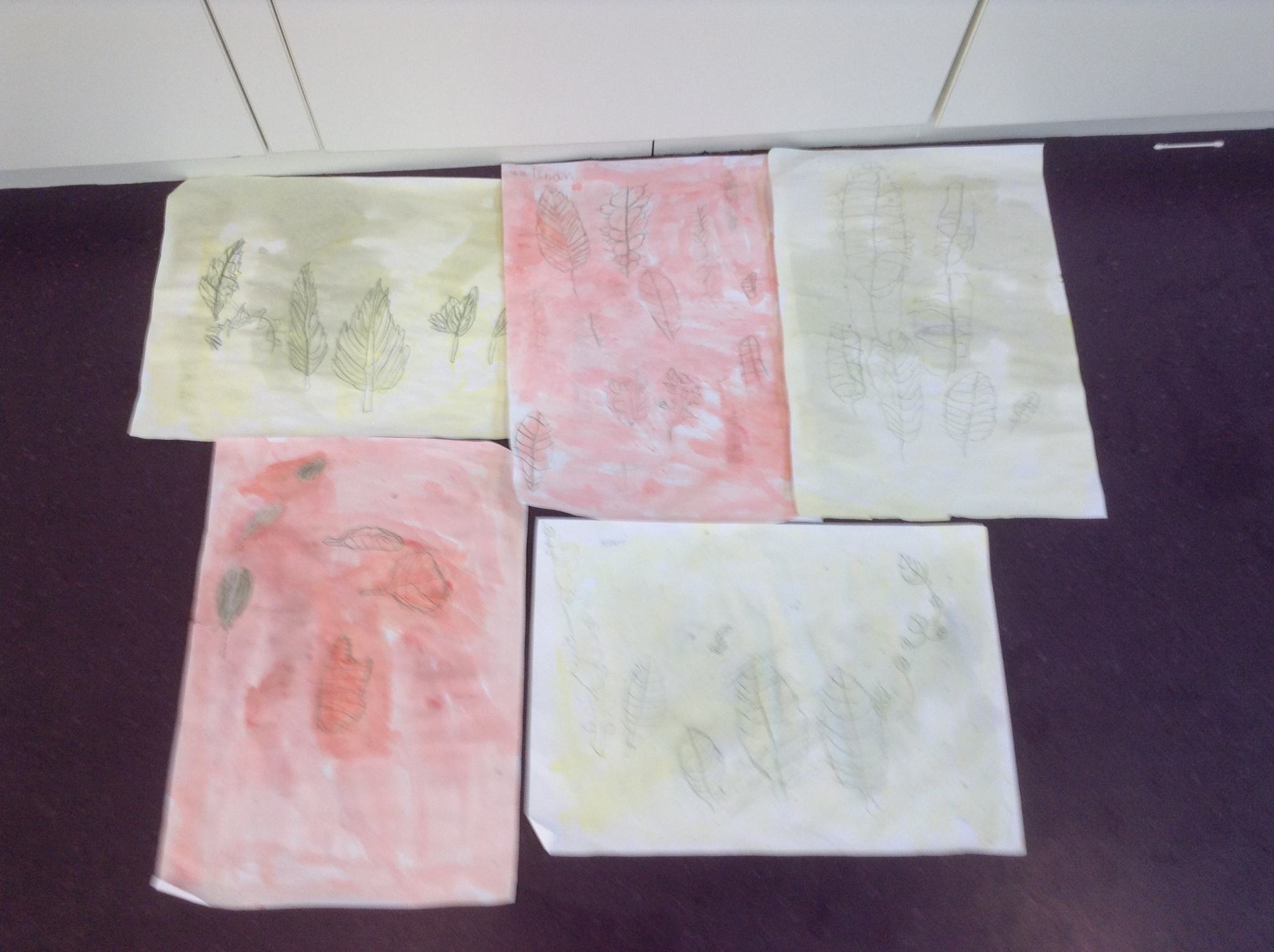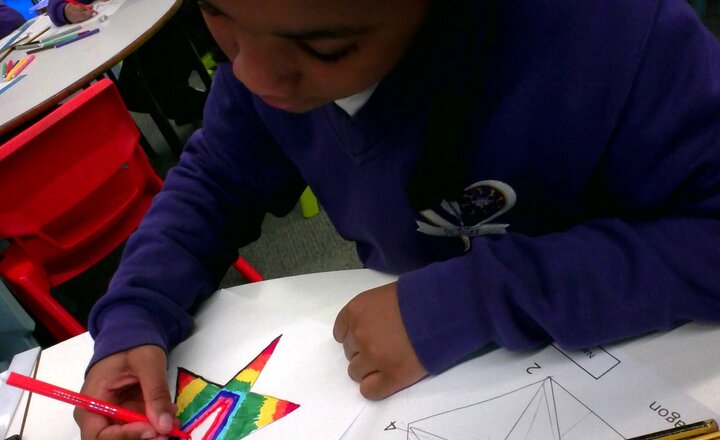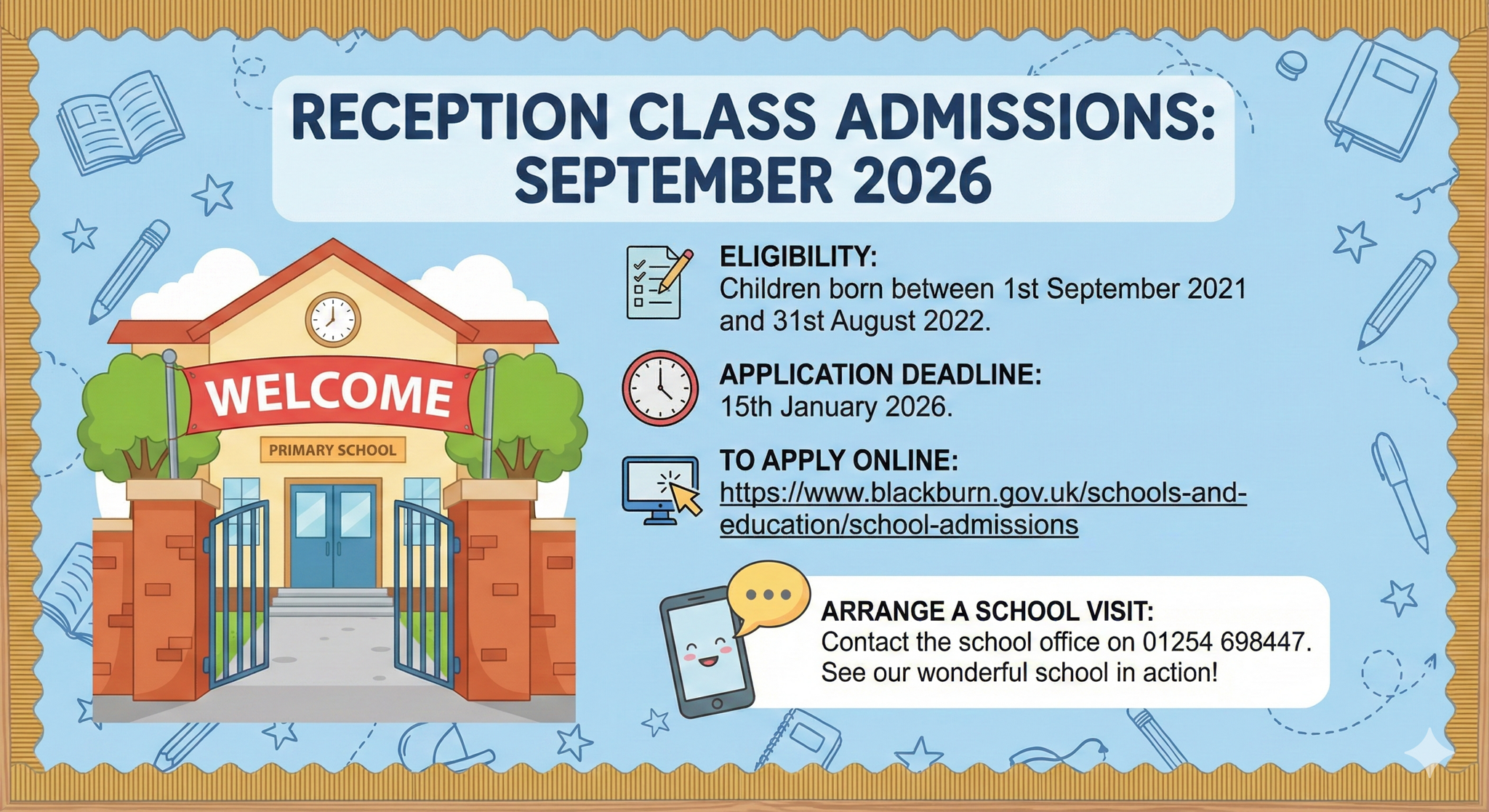Why do we teach art?
At St Silas Primary Academy, we believe that Art contributes to the emotional and creative development of our children. Art will enable pupils to develop the knowledge, skills and understanding needed to express their individual interests and ideas. As children progress, Art will contribute to the development of the child emotionally, spiritually, socially and intellectually. We aim to teach Art through a purposeful, engaging and broad and balanced curriculum. The National Curriculum states that Art, craft and design embody some of the highest forms of human creativity. We aim to make Art engaging, inspiring and challenging to equip children with the knowledge and skills needed to invent and create their own Artwork. We also aim to create critical thinkers where children understand how art and design both reflect and shape our history, and contribute to the culture, creativity and wealth of our nation.
Aims:
- Produce creative work, exploring their ideas and recording their experiences.
- Become proficient in drawing, painting, sculpture and other art, craft and design techniques.
- Evaluate and analyse creative works using the language of art, craft and design.
- Know about great artists, craft makers and designers, and understand the historical and cultural development of their art forms.
Art and Oracy
Art contributes to Oracy skills which are fundamental to children’s spoken language.
Art will permit children to use two types of talk: Exploratory talk and presentational talk. Exploratory talk is when learners attempt new ideas, listen to others and construct their own understanding of a concept. Presentational talk is using these constructed ideas and modifying the choice of language, content and manner to accommodate the needs of the children.
Art allows children to run commentaries of their ideas and work and offer evaluative comments of their own work and their peers' work using oral communications to verbalise their imaginative thoughts. It also allows children to have a dialect of delegating tasks, suggesting improvements, giving praise, sharing constructive feedback and fixing their mistakes. Additionally, through the process of creating an art piece, children are constantly self evaluating and talking with one another which encourages reflective chatter - this serves as a learning tool in language development.
A big part of art is the use of subject specific vocabulary. This vocabulary will be shared through knowledge mats and word walls to ensure that not only are children learning through talk, but also to talk using the correct terminology. Here are a few examples of Art vocabulary that will be shared with children: technique, contour, sculpture, texture, tone and form.
What do we teach and how do we teach it?
Curriculum implementation
The teaching of Art in KS1 and KS2 incorporates the Access Art Scheme which matches the National Curriculum and aims to promote visual arts that are relevant and engaging to each child, through, drawing, making, designing or talking about art. The Overview of the curriculum follows a process of sketching and drawing,surface and colour and working in 3 dimensions. This model over the academic year ensures a broad and balanced curriculum and progression of skills. Art is taught for the equivalent of one hour each week. Within Art lessons, pupils will be given the opportunity to explore and use a variety of media and materials through child initiated and adult directed activities. Art work will be recorded in sketch books so that children can record their observations and use them to review and revisit ideas. This will allow the children to reflect on their progress of skills before they have created their final outcome. Children will also be provided with the opportunity to study artists from different cultural backgrounds.
EYFS
-
Explore the textures, movement, feel and look of different media and materials.
-
Respond to a range of media and materials,develop their understanding of them in order to manipulate and create different effects.
-
Use different media and materials to express their own ideas.
-
Explore colour and use for a particular purpose.
-
Develop skills to use simple tools and techniques competently and appropriately.
-
Select appropriate media and techniques and adapt their work where necessary.
Key stage 1 Pupils will be taught
-
To use a range of materials creatively to design and make products.
-
To use drawing, painting and sculpture to develop and share their ideas, experiences and imagination.
-
To develop a wide range of art and design techniques in using colour, pattern, texture, line, shape, form and space.
-
About the work of a range of artists, craft makers and designers, describing the differences and similarities between different practices and disciplines, and making links to their own work.
Key stage 2 Pupils will be taught
-
To develop their techniques, including their control and their use of materials, with creativity, experimentation and an increasing awareness of different kinds of art, craft and design.
-
To create sketch books to record their observations and use them to review and revisit ideas
-
To improve their mastery of art and design techniques, including drawing, painting and sculpture with a range of materials [for example, pencil, charcoal, paint, clay].
-
About great artists, architects and designers in history.
art overview
How do we meet the needs of all children?
Art is a creative and practical subject where children can use all of their senses to become immersed in their learning. We believe we can help build a creative climate in which individuals are able to aspire to meet their own creative potential. Each activity will always be planned on the specific needs of the children and due to the fluidity of the subject there does not have to be an end product as work projects can be ongoing.
Assessment
Assessment in art and design takes account of all aspects of pupils’ learning and achievement. This includes, not only what pupils make, but also how they make it, what skills they acquire and what they know about the tools and materials they use. Assessment also takes account of what they know about the world of art and design which places their own work in the wider cultural context.
Teachers assess progress in art and design through a variety of means and use different kinds of evidence. They consider both the quality of the products that pupils make and the skills they exhibit as they use tools, materials and processes. To assess their knowledge teachers listen to pupils talking about art and design. The evidence for assessment occurs in different forms and at different times through the course of a unit of work and so assessment is spread out over time.
Message from the Subject Leader
Mrs Melia is the Art and Design Subject Leader and loves to create large pieces of art with the children. She is a firm believer that art is for everyone regardless of ability and anyone can create work they can be proud of given the right amount of nurture and encouragement.
Support for Parents
Here is a link to a YouTube channel which has some fun drawing videos that your children can participate in:
https://www.youtube.com/channel/UCBpgrJijMpk_pyp9uTbxLdg


